
Foxconn has agreed to purchase a controlling stake in Sharp — about 66 percent — for roughly US$3.5 billion, the companies announced Wednesday.
Foxconn has committed to restoring Sharp’s profitability and improving operations, according to the companies.
“I am confident that we will unlock Sharp’s true potential,” Foxconn CEO Terry Gou said.
The acquisition brings months of speculation and rumors to a close and marks a new era in a relationship that has endured years.
Facing slowing growth internally and in the market for mobile devices, Foxconn finally pulled the trigger on a deal that it has been trying to make since 2012, when Gou reportedly offered to buy Sharp for 550 yen per share. Those negotiations stalled.
Wrangling Sharp
The quest to help Sharp find itself won’t be without its challenges.
Taiwanese company Foxconn’s acquisition of Sharp would mark the first time a major Japanese company has been purchased by an international company, noted Charles King, principal analyst for Pund-IT. That will add significant “complexities and headaches” when it comes to integrating the two companies.
“Sharp is also on track to lose around $1.5 billion this year, meaning that financial pressures on Foxconn to close the deal and get the Sharp assets back into fighting trim will be enormous,” he told the E-Commerce Times.
“If Foxconn can succeed, more power to them, but this is a transaction that offers far more ways to lose than to win,” King added.
The purchase price is 100 billion yen less than an agreement reached last month. Foxconn reportedly learned of additional liabilities at Sharp late in the negotiations.
A clause in the agreement would help Foxconn pursue Sharp’s display business should the deal fall apart before Oct. 5, according to Bloomberg. Sharp would give Foxconn or a company representative three months to work out a deal for the display unit without interference from other potential buyers.
Hand and Glove
Sharp’s display unit and its resources, “including its next-gen OLED technologies,” are the most obvious benefits of the deal, King noted.
“That should set up Foxconn as a manufacturing partner of choice in everything from advanced smartphones to computer and video displays,” he said.
The play for the display unit may be evidence of Foxconn’s desire to move beyond components and into devices. The company supplies parts for some of the world’s largest hardware manufacturers, most notably Apple.
However, Apple needn’t worry about Foxconn’s acquisition of Sharp just yet, according to Rob Enderle, principal analyst at the Enderle Group.
“Right now, Sharp mostly exists in areas that Apple isn’t focused on, and Apple still buys from Samsung, who has been a far bigger problem for them. So, I expect, initially, this will have little impact on the Apple-Foxconn relationship,” he told the E-Commerce Times.
There have been rumors that Foxconn initially pursued Sharp to “make itself more attractive to Apple and other major-league consumer electronics firms,” King said.
“If that doesn’t play out as the company hopes,” he added, “it will have spent $3.5 billion on a company that some have called a complete fixer-upper.”

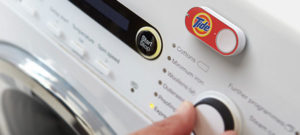
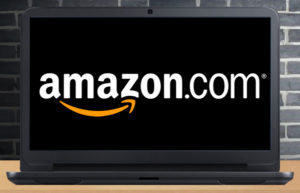
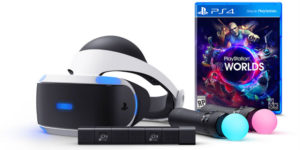

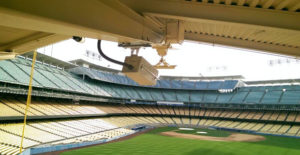
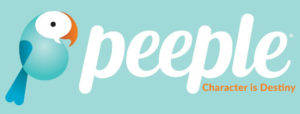
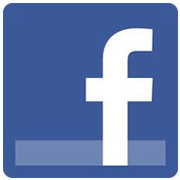














































Social Media
See all Social Media